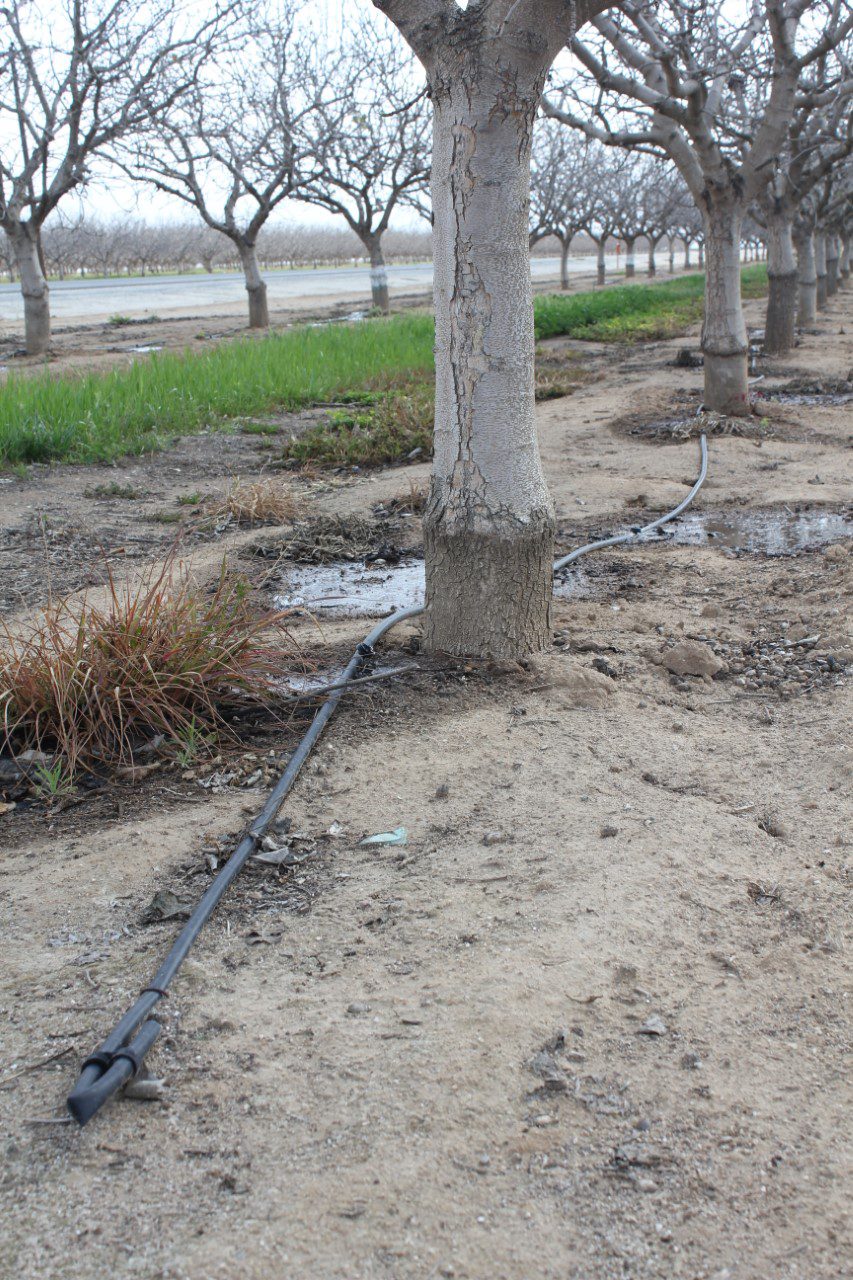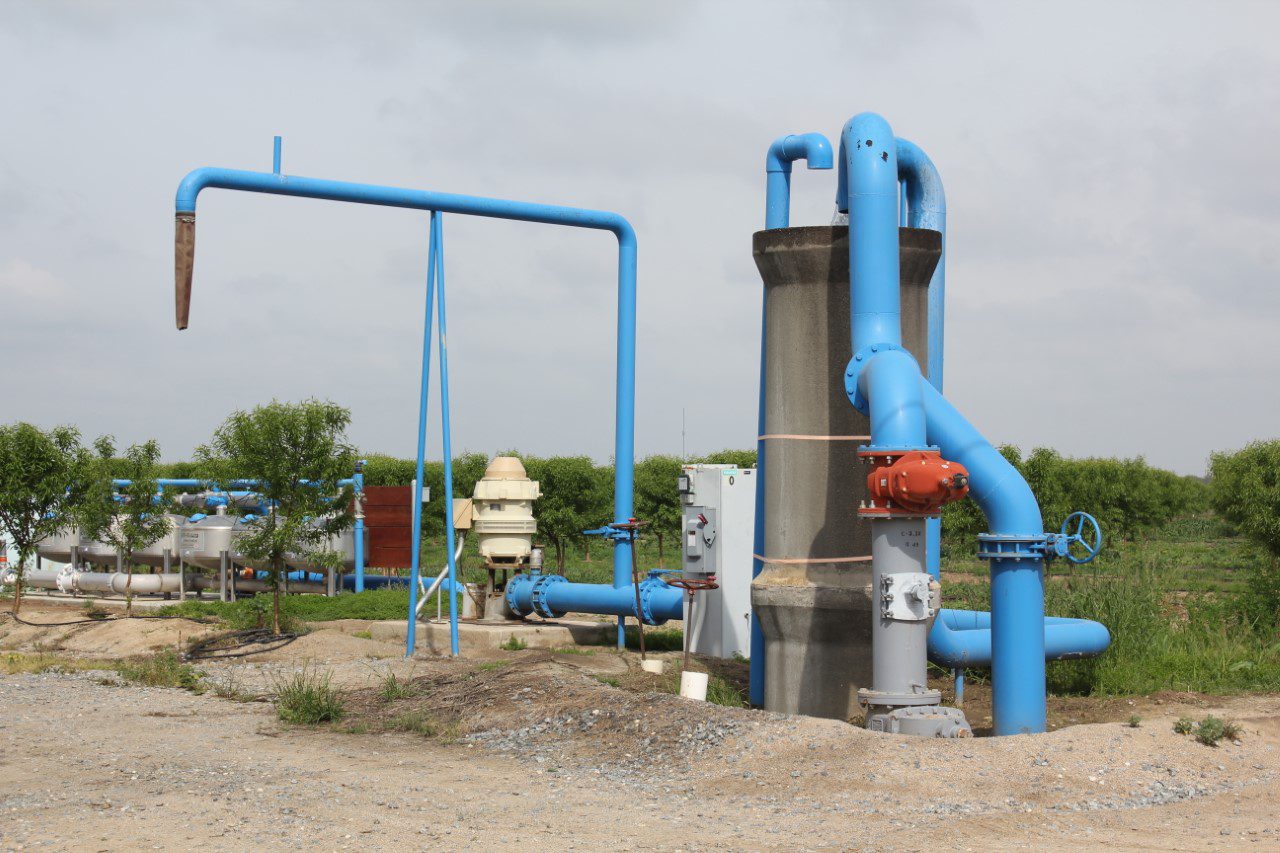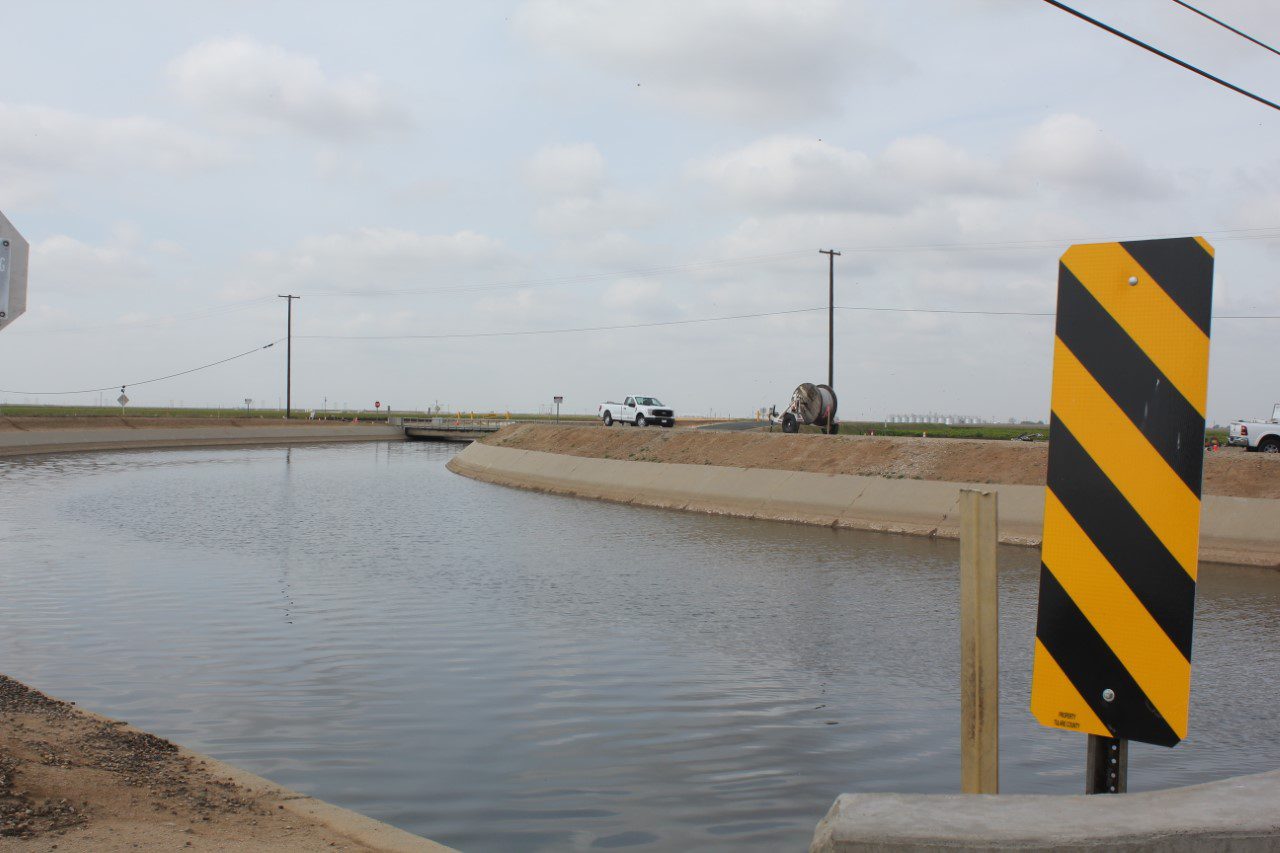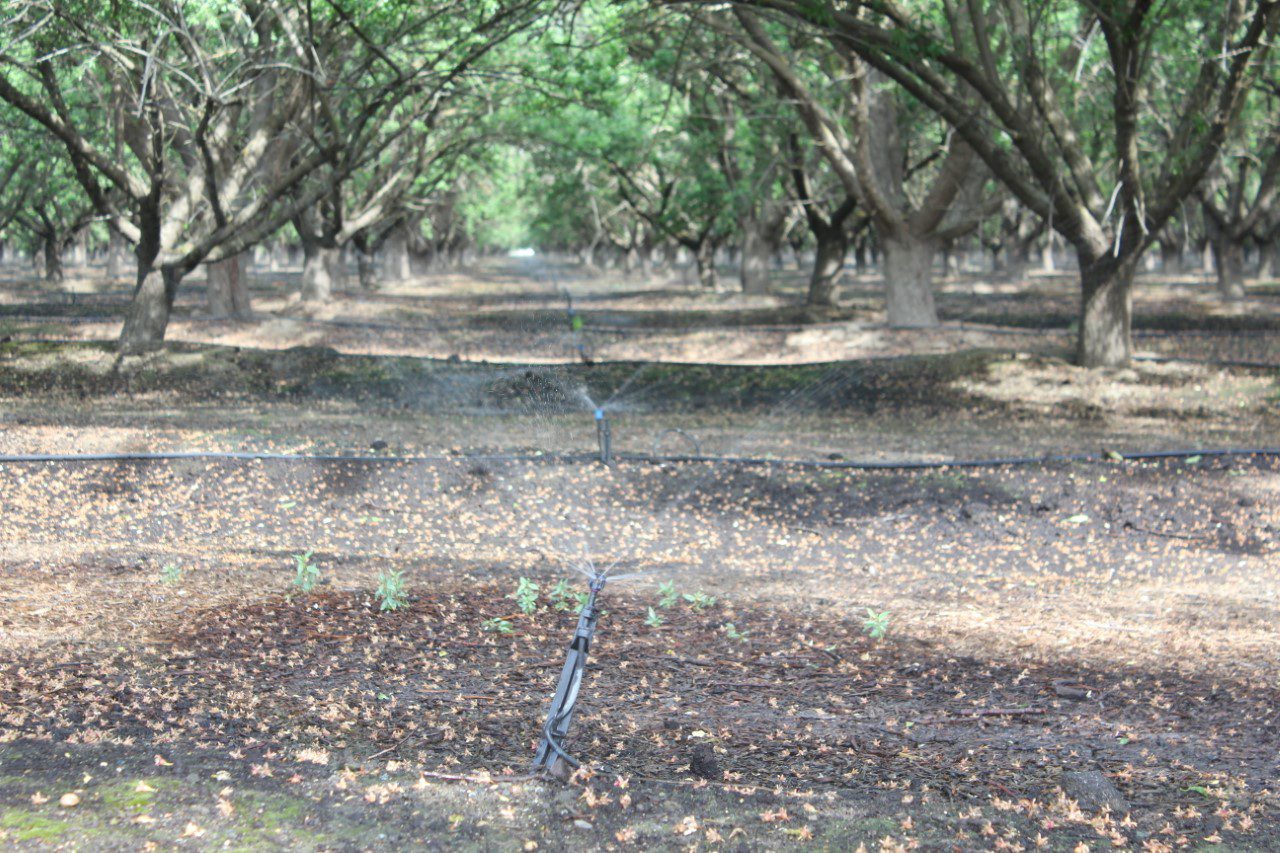
No one in charge of irrigating tree nut orchards for growth and productivity assumes it is a simple task. All parts of the water delivery system, the variability of orchard soils and the orchard environment must be considered for optimal irrigation. The relationship between each of these components is critical—a failure of one can compromise the entire system.
Much like the crop nutrition rule, the right amount of water at the right rate and at the right time contributes to efficient use of water along with tree health and yield. In addition, all the components of a good irrigation system need to be addressed, including routine maintenance.
Giving their advice on the five most important things an irrigation manager should know are Matt Comrey, Wilbur Ellis irrigation specialist, and Curt Pierce, the new Area Irrigation and Water Resources Advisor with UCCE. The following are their five most important:

1. Understanding Application Rate
Comrey and Pierce both agreed that the backbone of any sound irrigation program is understanding the application rate.
“If you don’t understand the volume and time, how can you know if you are meeting the tree needs?” asks Comrey.
It is not uncommon, he noted, that those in charge of irrigation do not have a strong handle on a system’s output per hour.
The application rate is how much water in acre inches is applied per hour of irrigation set run time to accurately reconcile irrigation application with evapotranspiration (ET) rate for that specific crop.
UC works with the California Department for Water Resources to distribute crop ET reports every week and help distribute them to producers, allowing them to plan their irrigations with the previous weeks’ potential “use” in mind.
Knowing that most tree roots are found in the top four feet or so of the soil can also help inform irrigation decisions, especially when water supplies are limited. Managers can time irrigations to target the effective root depth of their trees and limit the amount of water pushed below the root zone. The difficult part, Pierce said, is recognizing that orchards are usually not uniform in soil types or in their use of water. Achieving a high water utilization rate across the orchard may have to be the best a manager can do.
2. Understanding ETc
“This is how we estimate the volume of water needed for an irrigation,” Comrey said.
Managers should understand that the evapotranspiration rate for a given crop, or ETc, is a moving target affected by any number of different variables. Pierce said more research is needed to further refine our understanding of the water needs for tree nut crops here in California.
Using the ETc to determine tree needs is basically replacing the water used by the tree over time. Local weather station information on environmental conditions, including temperature and humidity, is used to calculate ETc for specific crops, but age of nut trees, their canopy size and orchard tree spacing requires some modification of the amount of water that is needed for an irrigation set.

3. Distribution Uniformity
The tedious nature of conducting a distribution uniformity (DU) test or survey is likely why most producers put them off and don’t conduct them with regularity, Pierce said.
Distribution uniformity or flow uniformity is a consistent application rate per emitter throughout the orchard. Comrey said irrigation managers should be aware of DU throughout the orchard and realize that given the variability in soils and topography, it may be a challenge to achieve. Pierce noted that issues with distribution uniformity can also be related to system maintenance. Mineral buildup in emitters or bio-sludge accumulation can plug or restrict waterflow. In most orchards, plugged emitters can easily go unnoticed, he said.
Regular system checks done by sampling output over time and comparing with the advertised emitter flowrate can be a simple way of getting a handle on the true water application rate, and distribution uniformity, in an orchard, Pierce said.
“There is no better solution for this than to ride the orchard and take notice of failing emitters, leaks, pooling water and visibly stressed trees,” Pierce said. Good filter maintenance and regular acid flushing can help mitigate those problems. If successive emitters on a line show decreased output, then pressure issues, in addition to clogs, can be a possibility, he added. Irrigation managers need to make sure the line ends are tightly closed and line integrity is maintained, meaning no damage from orchard equipment or vertebrate pests.
Whether it’s double-line drip, microsprinkler or some other form of emitter for your irrigation system, the process is basically the same, Pierce said. It is sampling output over a set time by collecting discharged water in a “catch-can” or some form of measuring device and comparing the samples to the advertised output. By replacing low-performing emitters as soon as possible, managers can help maintain the uniformity of their irrigations.
The option of calling one of the mobile irrigation labs in operation early in the season can also help with irrigation system issues. Pierce recommended calling early before the operators are booked far in advance.

4. Water Quality
Comrey said water quality has become much more of an issue over the past seasons of drought. As drought conditions persist, groundwater quality is expected to worsen. Poor water quality can have a profound impact not only on tree growth and production but also on distribution uniformity due to mineral buildup in lines and clogged emitters.
Poor-quality water can cause water infiltration problems, reducing infiltration due to surface crusting and clay dispersions.
Irrigation managers should be aware of the quality of the water used for irrigation. Knowing the mineral content of the water and how often the system needs to be flushed is important for distribution uniformity.
Pierce said knowing the filter requirements and having the right filtration for your irrigation system and water source is also a must to help capture contaminants before they impact your system. Regular checks for pressure differentials at the filters will help identify when the system may need maintenance.
5. Soil Salinity and Leaching Fraction
Comrey said drought has encouraged the salinization of soils in many areas of California where tree nuts are grown. When salinity builds up in the soils, water use and crop growth are impacted. The common approach to mitigating salinity risk is to use a “leaching fraction” to help flush salts out of the root zone.
The Department of Land, Air and Water Resources at UC Davis explains that after irrigation water and its dissolved salts move into the crop rootzone, the plant extracts “pure water,” for the most part leaving the salts behind. The amount of salt in the rootzone will increase over time unless more water than the crop uses is applied. This excess water controls soil salinity levels by leaching some of the salt from the rootzone. The fraction of applied water that moves downward through the rootzone and is not used by the crop is called the leaching fraction.

Cecilia Parsons
Cecilia Parsons has spent the past 30 years covering agriculture in California for a variety of newspapers, magazines and organizations. During that time she has been fortunate to witness some of the important events that have shaped this diverse industry and worked hard to examine and explain these events for readers.
When Cecilia first moved to the San Joaquin Valley in 1976, her first journalism job was at a small daily newspaper where she covered “farm news.” From there she branched out to writing for a dairy magazine and a regional weekly agriculture publication.
Cecilia is part of a farming family from the rural community of Ducor where she also raises purebred sheep and is attempting to master versatility ranch horse riding.










